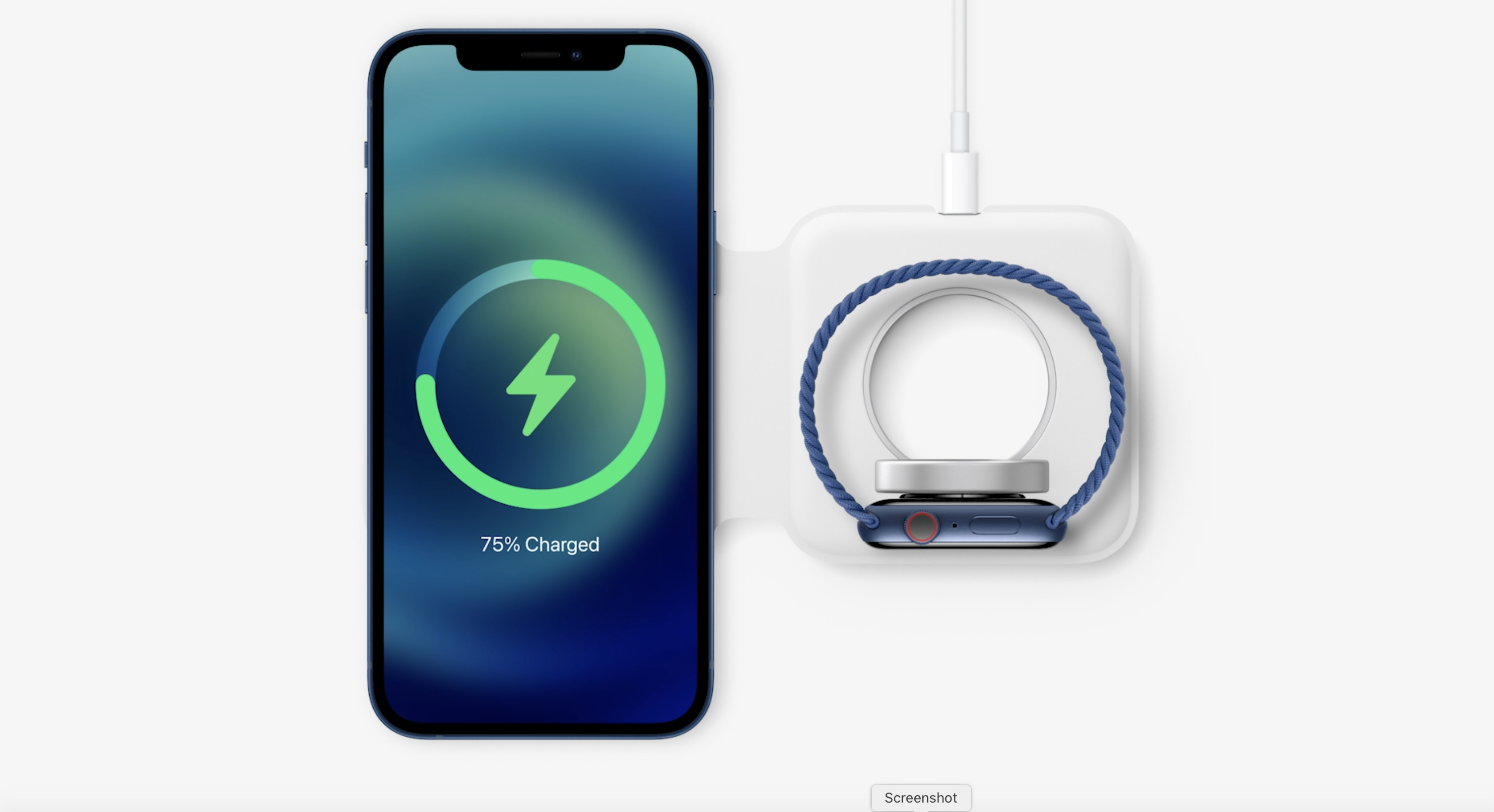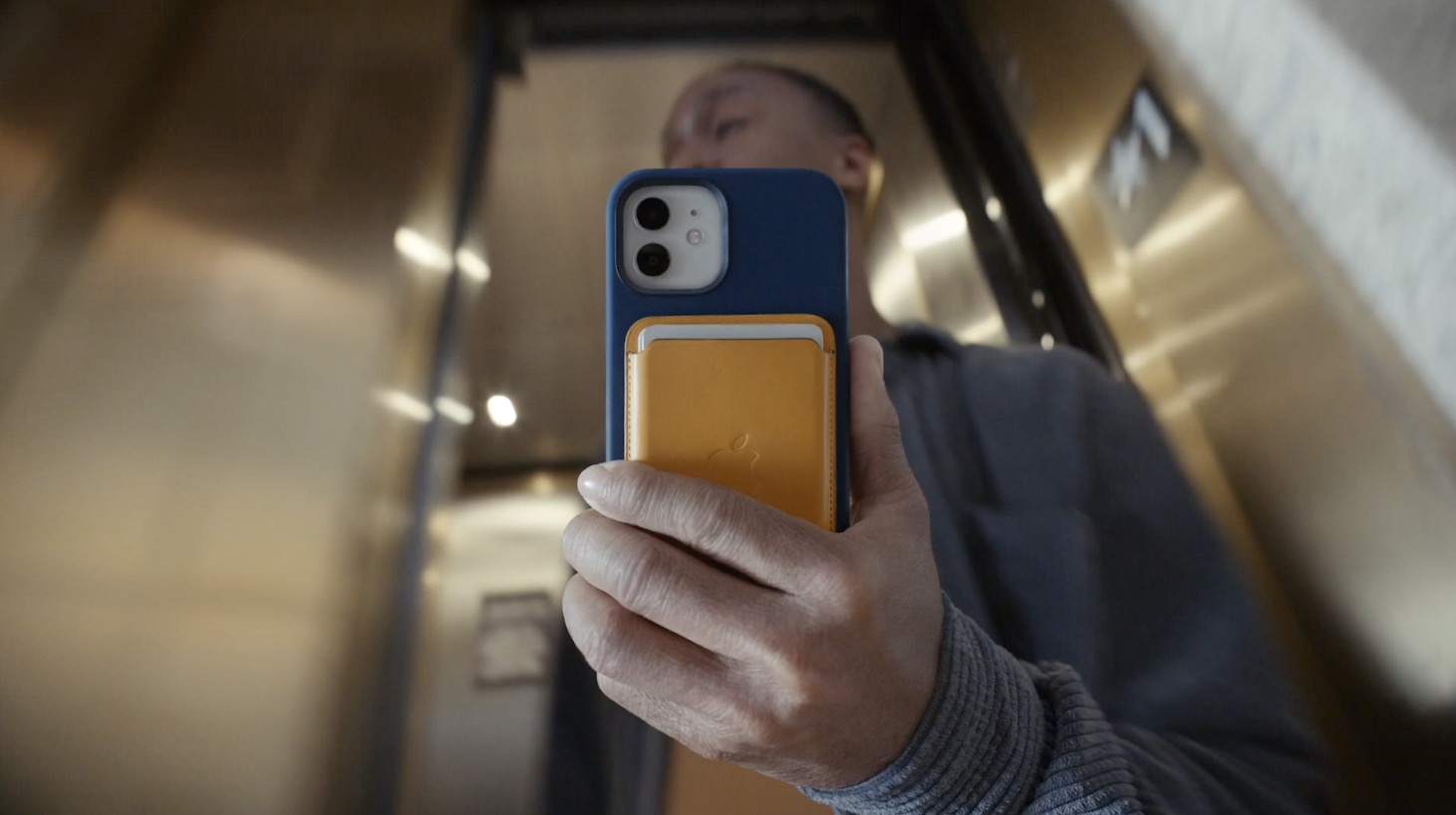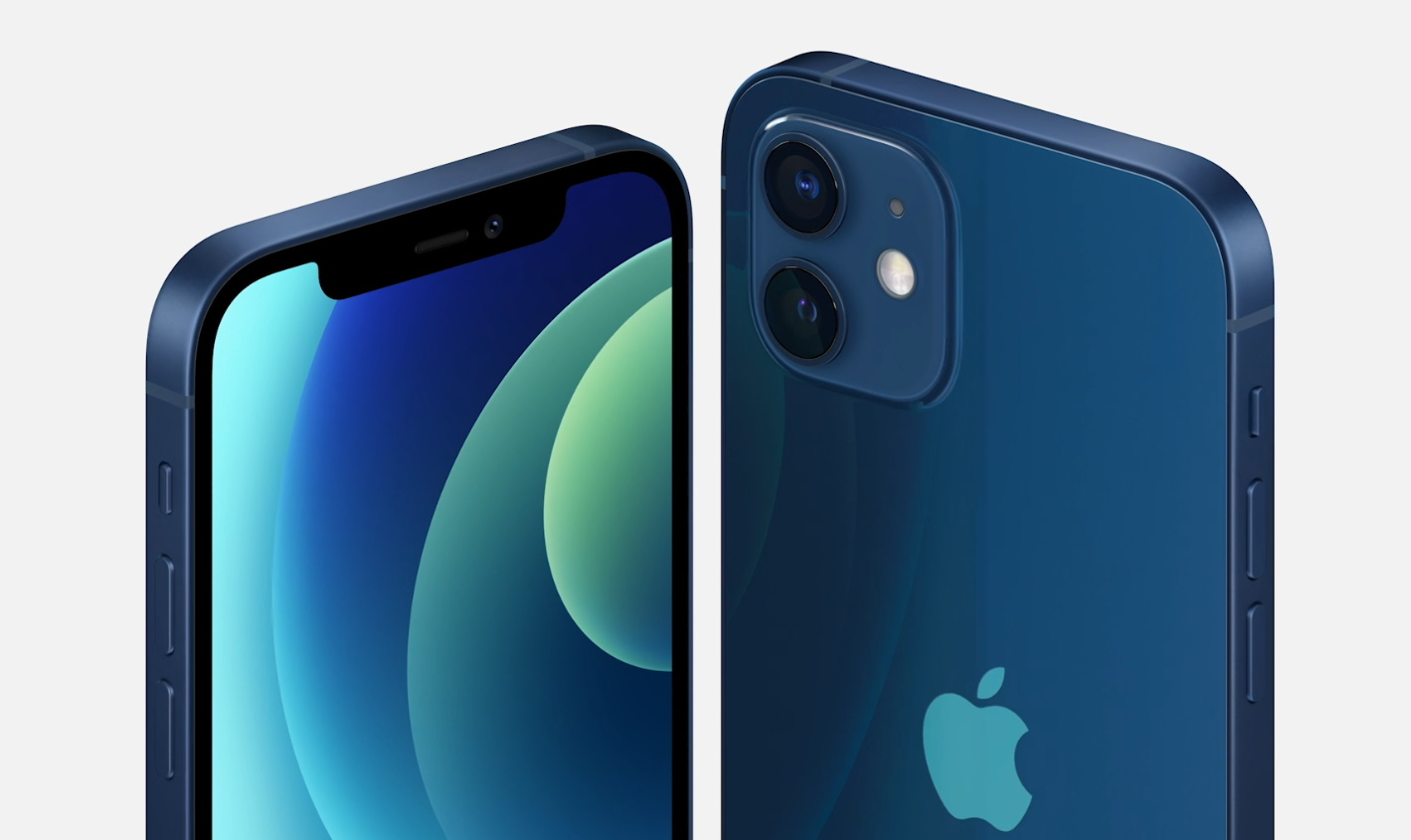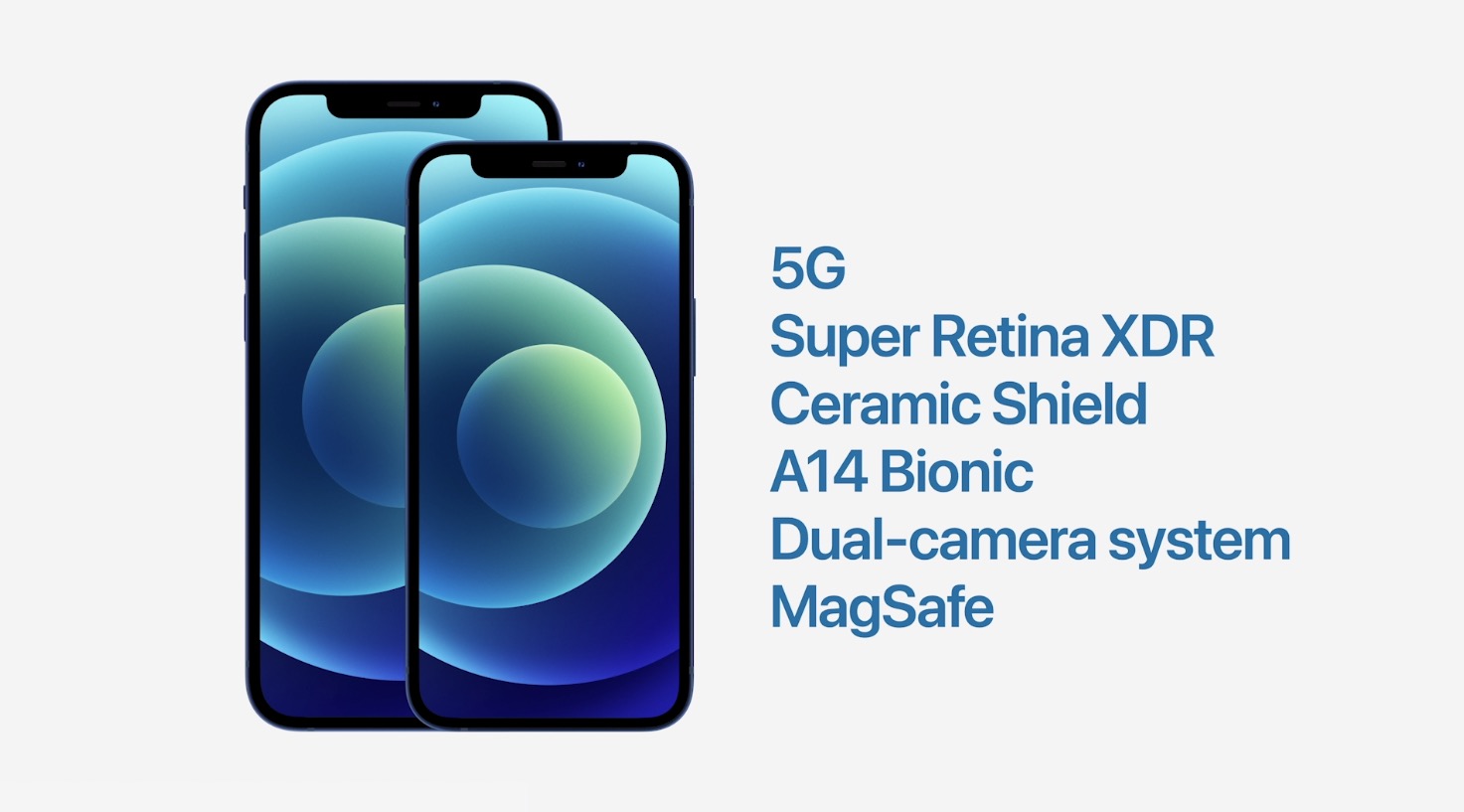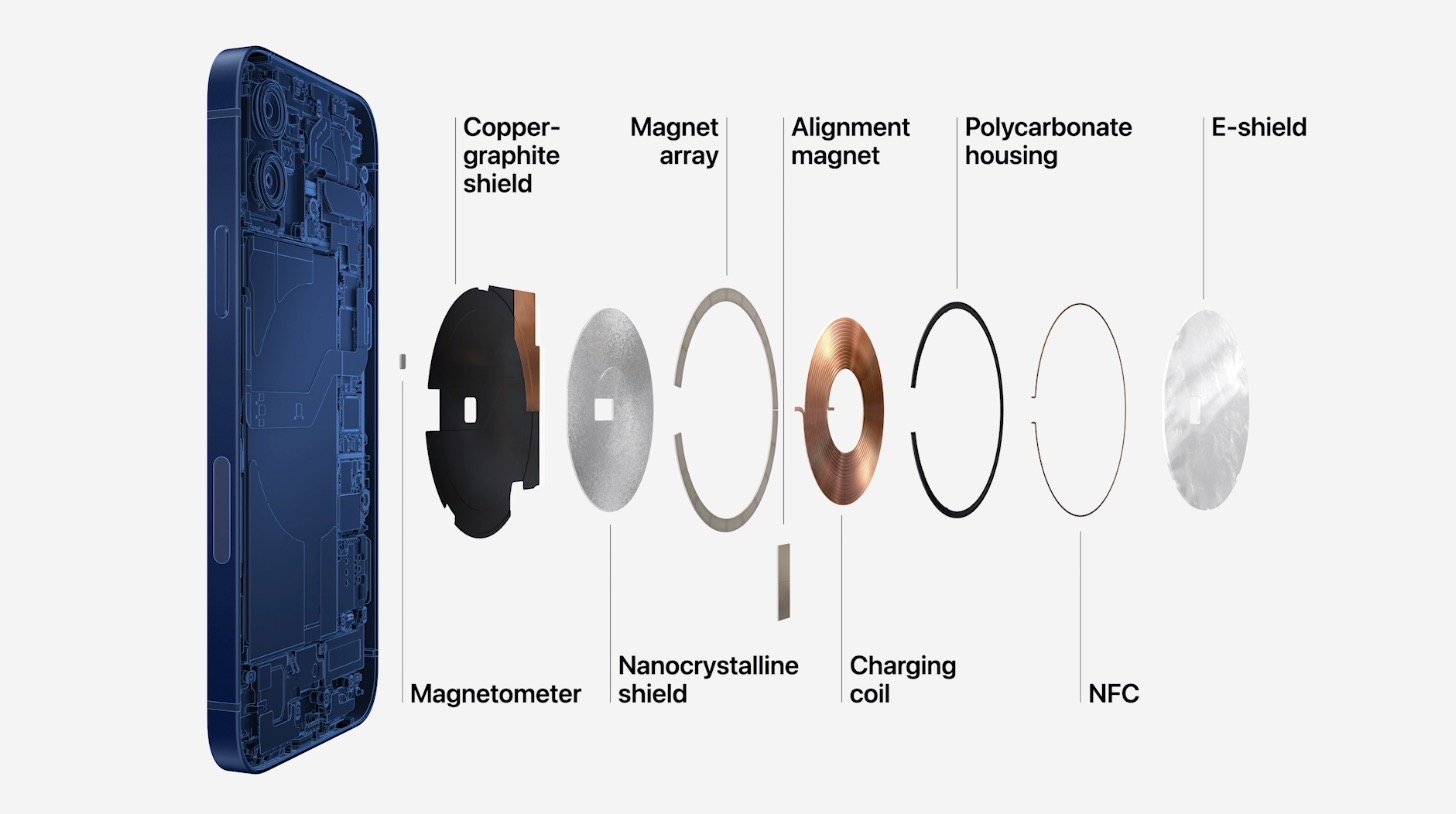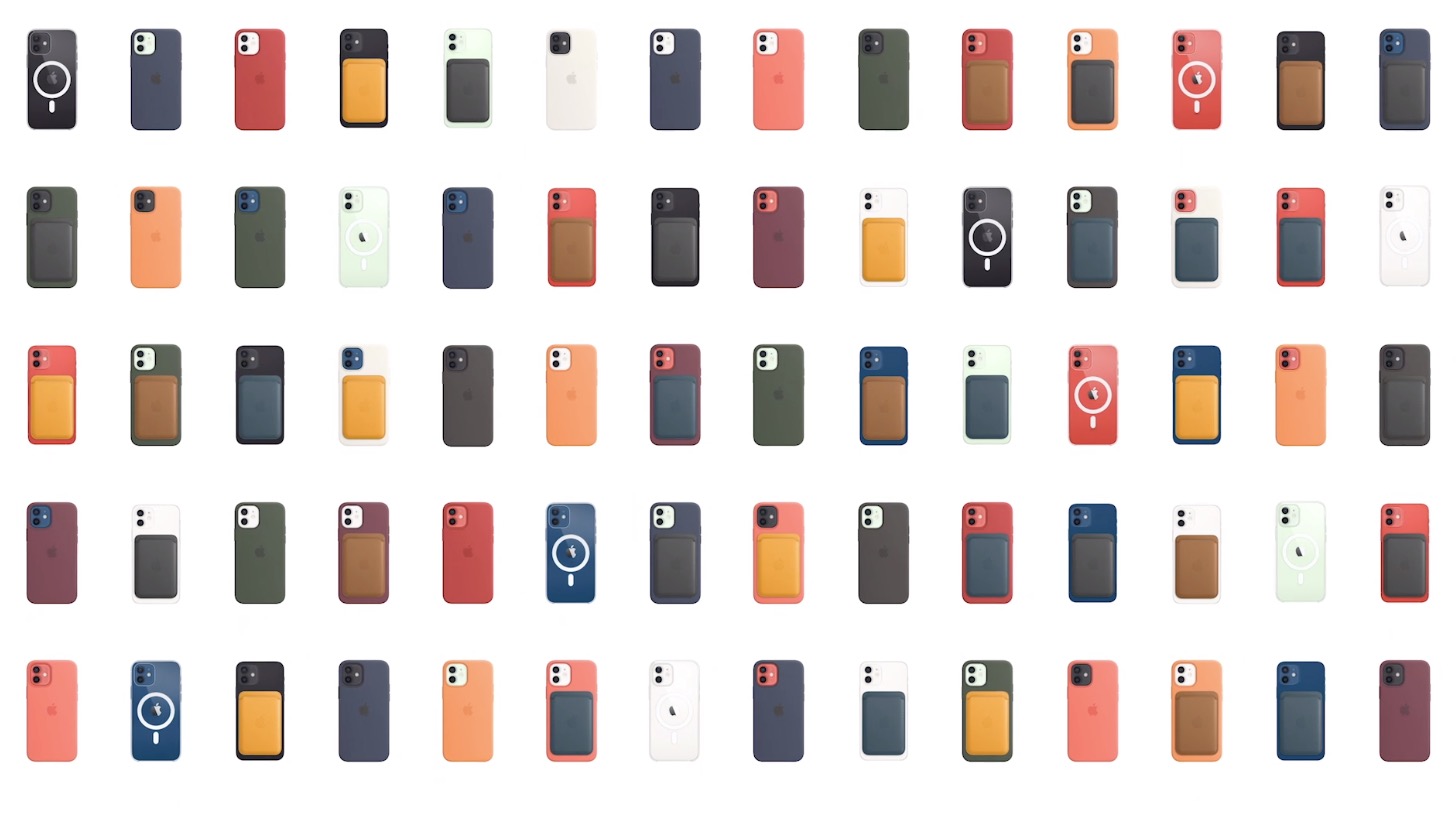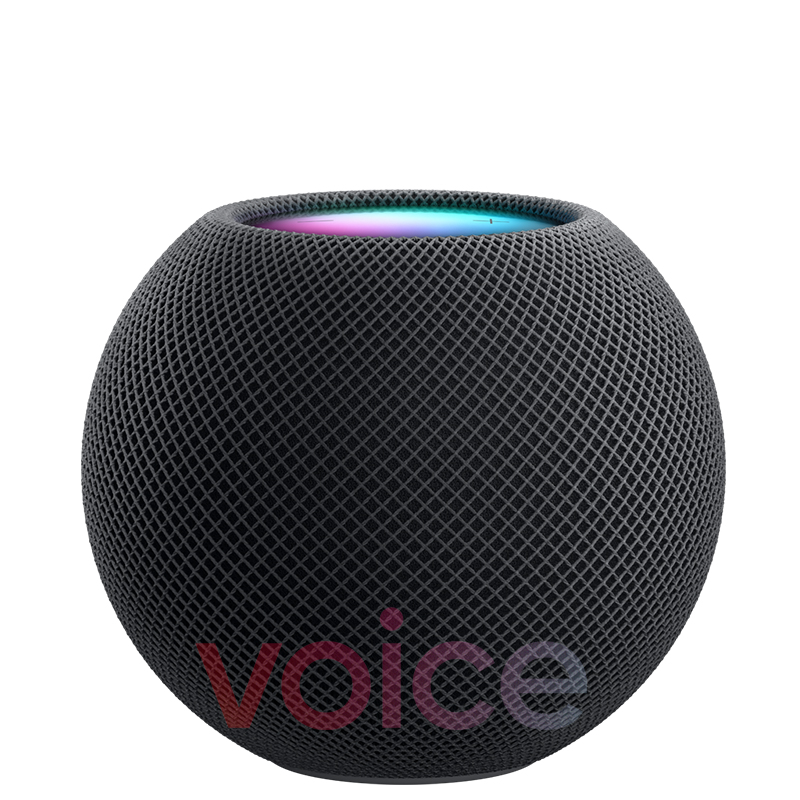I’m going to be totally honest with you. I don’t really understand Google’s phone strategy right now. And for what it’s worth, I’m not really sure Google does either. I wrote about it here, but I’ll save you from having to read an additional 800 words on top of all these. The short version is that Google has three phones on the market, and there isn’t a whole heck of a lot of distinction between them.
The Pixel is a portrait of a hardware division in transition. That applies to a number of aspects, from strategy to the fact that the company recently saw a minor executive exodus. It’s pretty clear the future of Google’s mobile hardware division is going to look quite different from its present — but 2020’s three phones are most likely a holdover from the old guard.
What you’re looking at here is the Pixel 5. It’s Google’s flagship. A device that sports — among other things — more or less the same mid-range Qualcomm processor as the 4a announced earlier this year. It distinguishes itself from that budget handset, however, with the inclusion of 5G. But then here comes the 4a 5G to further muddy the waters.
There are some key distinctions that separate the 5 and 4a 5G, which were announced at the same event. The 5’s got a more solid body, crafted from 100% recycled aluminum to the cheaper unit’s polycarbonate. It also has waterproofing and reverse wireless charging, a fun feature we’ve seen on Samsung devices for a few generations now. Beyond that, however, we run into something that’s been a defining issue since the line’s inception. If you choose not to use hardware to define your devices, it becomes difficult to differentiate your devices’ hardware.
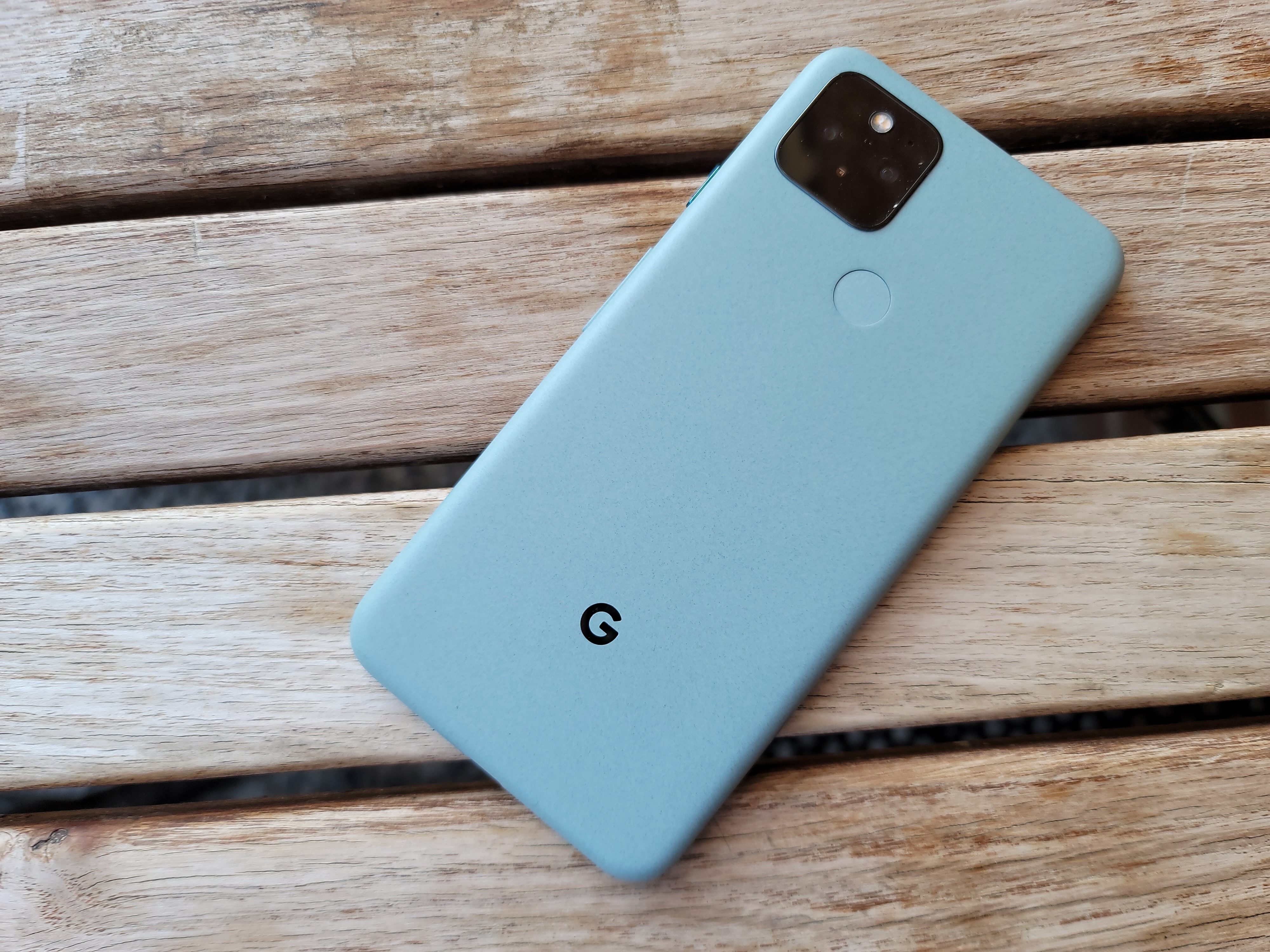
Image Credits: Brian Heater
Since the very beginning of the Pixel line, the company has insisted that it will rely on software advances to push the products forward. It’s a nice sentiment after years of feature arms races between the likes of Apple and Samsung. But that means when it comes time to introduce new devices, the results can be fairly lackluster. That certainly applies to the Pixel 5.
From a hardware perspective, it’s not a particularly exciting phone. That’s probably fine for many. Smartphones have, after all, become more commodity than luxury item, and plenty of users are simply looking for one that will just get the job done. That said, Google’s got some pretty stiff competition at the Pixel 5’s price point — and there are plenty of Android devices that can do even more.
There are certainly some upgrades in addition to the above worth pointing out, however. Fittingly, the biggest and most important of all is probably the least exciting. The Pixel 4 was actually a pretty solid device hampered by one really big issue: an abysmal battery life. The 2,800mAh capacity was a pretty massive millstone around the device’s neck. That, thankfully, has been addressed here in a big way.
Google’s bumped things up to 4,080mAh. That’s also a pretty sizable bump over the 4a and 4a 5G, which sport 3,885mAh and 2,130mAh, respectively. That extra life is extra important, given the addition of both Battery Share and 5G. For the sake of disclosure, I should mention that I still live in an area with basically no 5G (three cheers for working from home), so your mileage will vary based on coverage. But using LTE, I was able to get about a day and a half of use out of the handset, besting the stated “all-day battery).
This is helped along by a (relatively) compact display. Gone are the days of the XL (though, confusingly, the 4a 5G does have a larger screen with a bit lower pixel density). The flagship is only available in a six-inch, 2,340 x 1,080 size. It’s larger than the Pixel 4’s 5.7 inches, but at a lower pixel density (432 versus 444 ppl). The 90Hz refresh rate remains. Compared to all of the phones I’ve been testing lately, the Pixel 5 feels downright compact. It’s a refreshing change to be able to use the device with one hand.
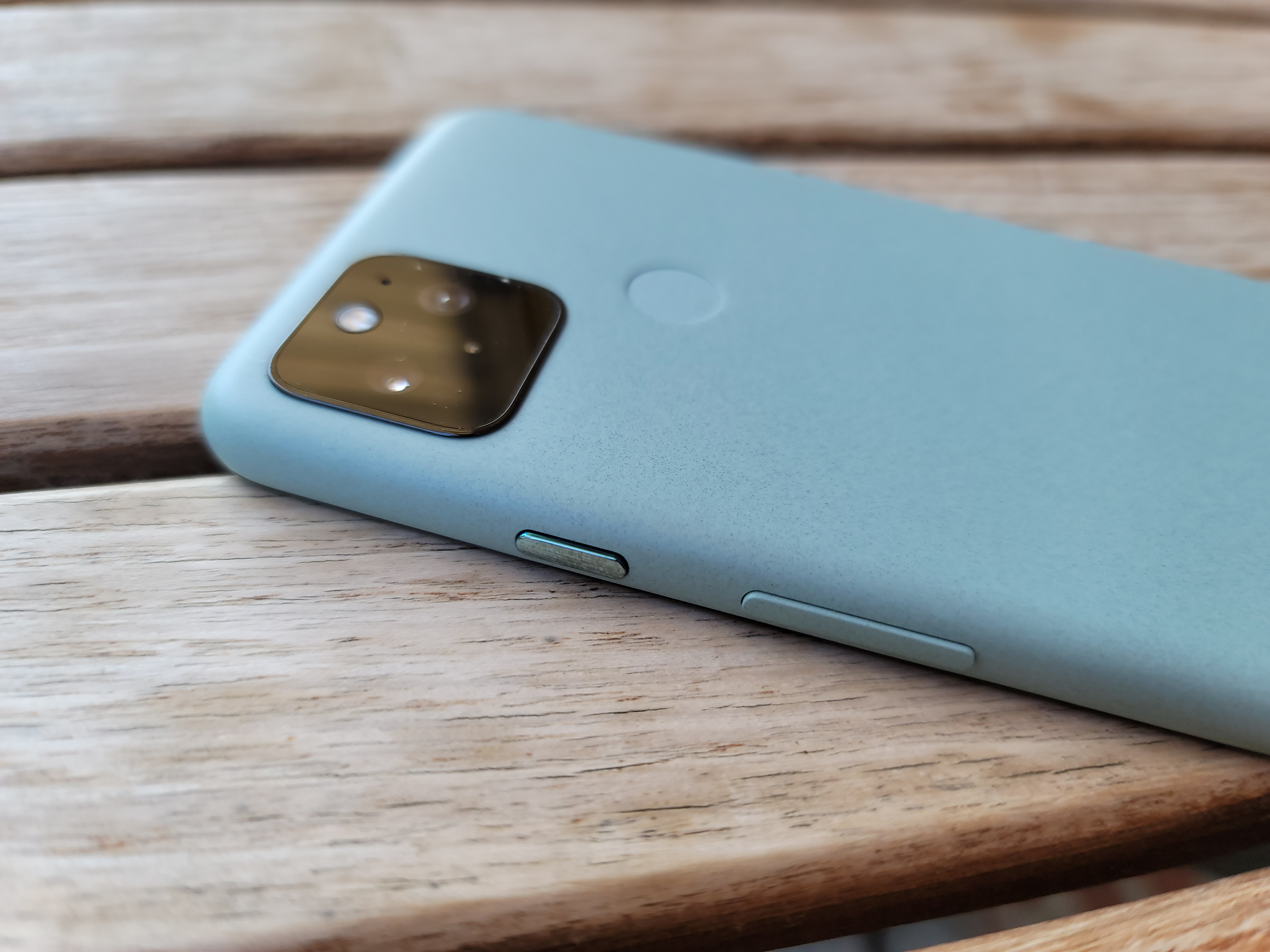
Image Credits: Brian Heater
The camera is probably the aspect of the handset where the opposing hardware-first and software-first approaches are the most at conflict with one another. Google was fairly convinced it could do everything it wanted with a single lens early on, but eventually begrudgingly gave in to a two-camera setup. The hardware is pretty similar to last year’s model, but the 16-megapixel 2x optical telephoto has been replaced by a 16-megapixel ultra-wide. Whether that represent progress is largely up to your own personal preference. Frankly, I’d prefer a little more non-distorted zooming.
Google, of course, is building on a solid foundation. I really loved the Pixel 4’s photos. The things Google’s imaging team has been able to do with relative hardware constraints is really impressive, and while you’re lacking the scope of a premium Samsung device or high-end iPhone, casual photo snappers are going to be really happy with the shots they get on the Pixel 5.
[gallery ids="2061057,2061047,2061059,2061056,2061058,2061055,2061053,2061052,2061060,2061051,2061049,2061048"]
Night Sight has been improved and now turns on when the phone’s light sensor detects a dark scene. My morning walks have gotten decidedly darker in recent weeks as the season has changed, and the phone automatically enters the mode for those pre-dawn shots (COVID-19 has made me an early riser, I don’t know what to tell you). The feature has also been added to portrait mode for better focused shots.
The Pixel’s Portrait Mode remains one of the favorites — though it’s still imperfect, running into issues with things like hair or complex geometries. It really doesn’t know what to do with a fence much of the time, for instance. The good news is that Google’s packed a lot of editing options into the software here — particularly for Portrait Mode.
You can really go crazy in terms of bokeh levels and placement and portrait lighting, a relatively subtle effect that lends the appearance of changing a light source. Changing the effects can sometimes be a bit laggy, likely owing to the lower-end processing power. All said, it’s a good and well-rounded photo experience, but as usual, I would really love to see what Google’s imaging team would be able to do if the company ever gives it a some real high-end photography hardware to play around with. Wishful thinking for whatever the Pixel 6 becomes, I suppose.
In the end, the two biggest reasons to recommend upgrading from the Pixel 4 are 5G and bigger battery. The latter is certainly a big selling point this time out. The former really depends on what coverage is like in your area. The 5G has improved quite a bit of late, but there are still swaths of the U.S. — and the world — that will be defaulting to LTE on this device. Also note that the $200 cheaper 4a 5G also offers improvements in both respects over last year’s model.
Still, $700 is a pretty reasonable price point for a well-rounded — if unexciting — phone like the Pixel 5. And Google’s got other things working in its favor, as well — pure Android and the promise of guaranteed updates. If you’re looking for something with a bit more flash, however, there are plenty of options in the Android world.
from Android – TechCrunch https://ift.tt/33VaWqW
via IFTTT
